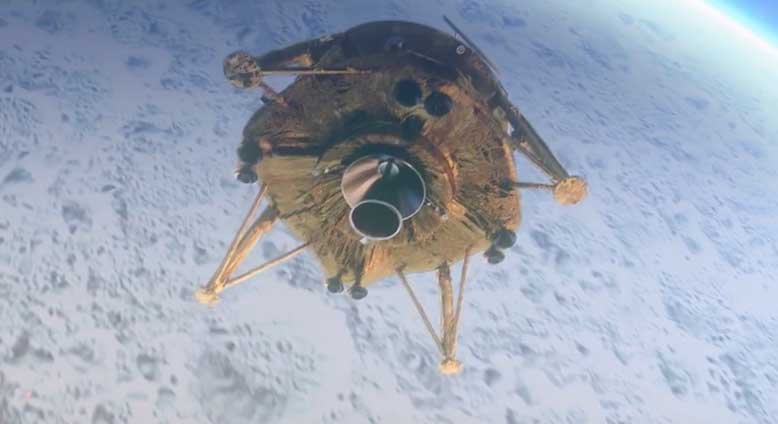
Israel’s Beresheet spacecraft, launch in February as a secondary payload aboard a SpaceX Falcon 9 rocket, braked into orbit around the moon 4 April, one week before a planned landing attempt 11 April on Mare Serenitatis.
Beresheet – Genesis – is the first non-superpower, privately-funded spacecraft to attempt a moon landing. If successful, Israel, through the non-profit SpaceIL and spacecraft builder Israel Aerospace Industries, will become only the fourth nation to send an operational spacecraft to the surface of the moon.
“After six weeks in space, we have succeeded in overcoming another critical stage by entering the moon’s gravity,” Ido Anteby, SpaceIL CEO, said in a statement. “We still have a long way until the lunar landing, but I‘m convinced our team will … land the first Israeli spacecraft on the moon, making us all proud.”
Launched Feb. 21, Beresheet was released into a highly elliptical Earth orbit. The spacecraft’s main engine then was used to incrementally raise the high point of the orbit until it intersected the moon’s.

To get into lunar orbit on 4 April, the engine fired for about six minutes, slowing the craft by about 1,000 kph (620 mph) and allowing it to be captured by the moon’s gravity. After additional firings to circularise the orbit at an altitude of about 200 kilometres (124 miles), Beresheet will attempt a landing on 11 April.

Modestly equipped with a magnetometer to measure magnetic field strength and a high-resolution camera system, Beresheet is primarily intended to spur interest in STEM careers among students across Israel and around the world.
“The lunar capture is an historic event in and of itself, but it also joins Israel in a seven-nation club that has entered the moon’s orbit,” said Morris Kahn, chairman of SpaceIL. “A week from today we’ll make more history by landing on the moon, joining three super powers who have done so. Today I am proud to be an Israeli.”



